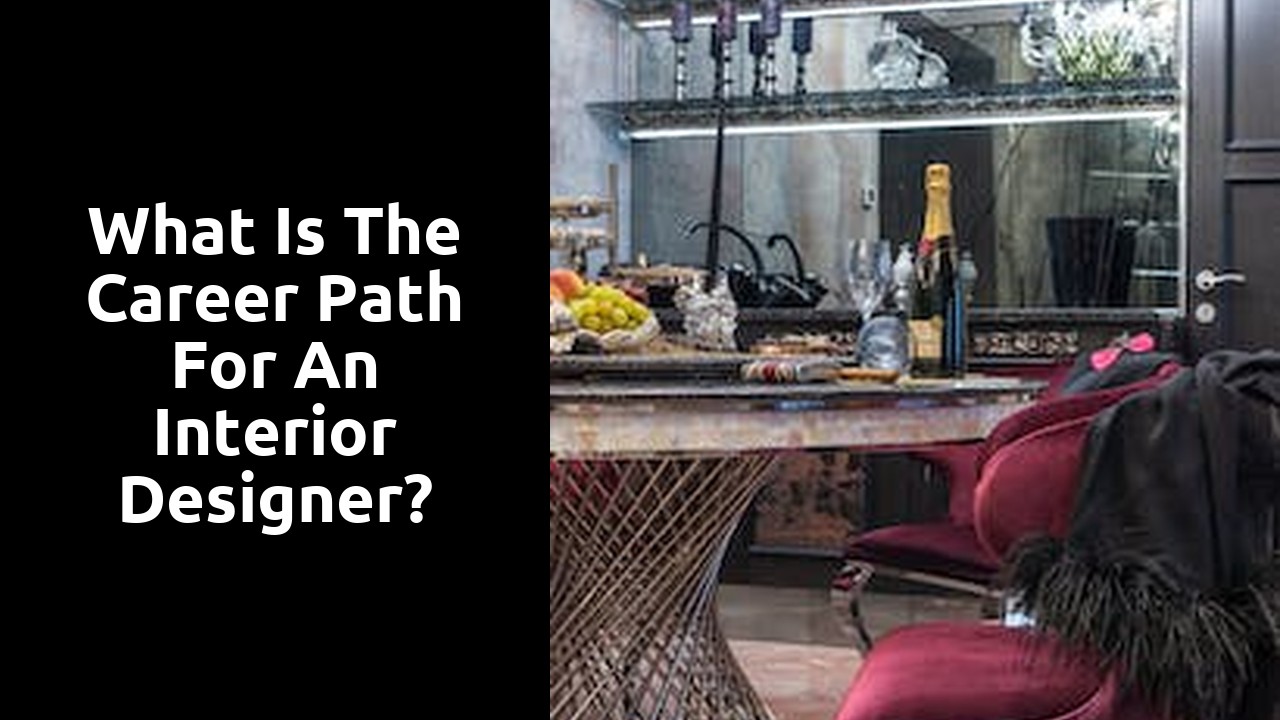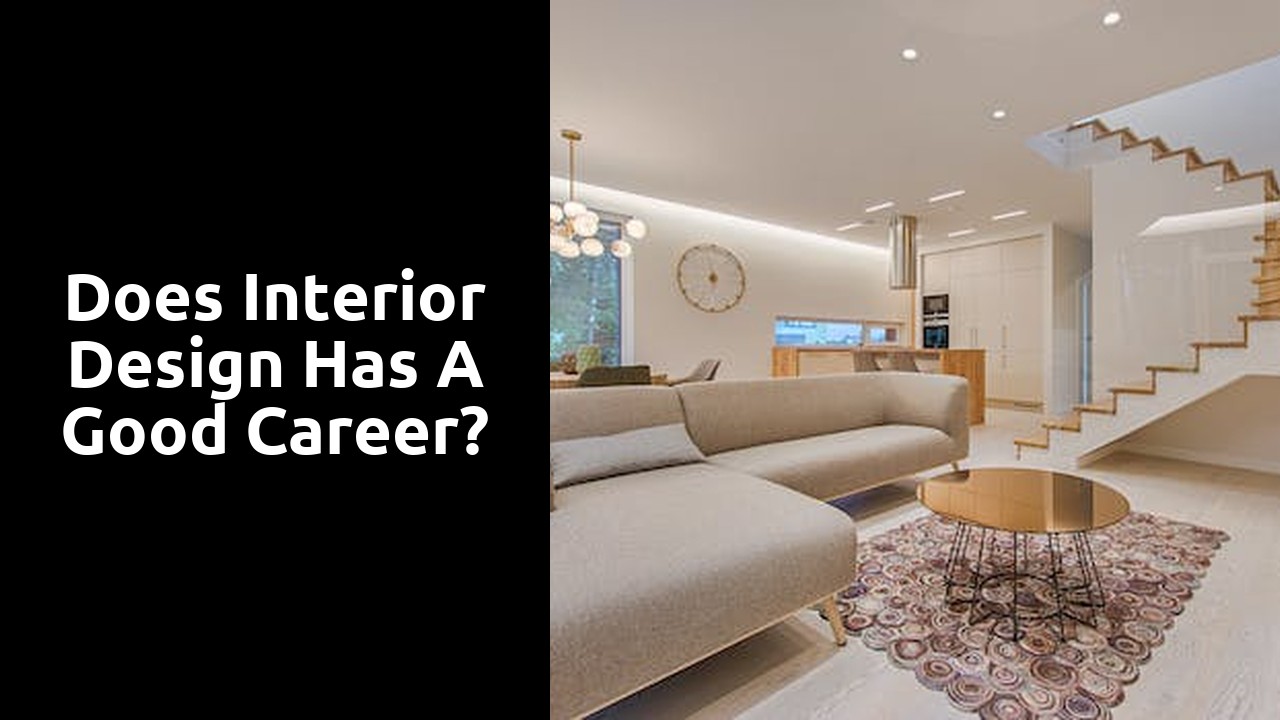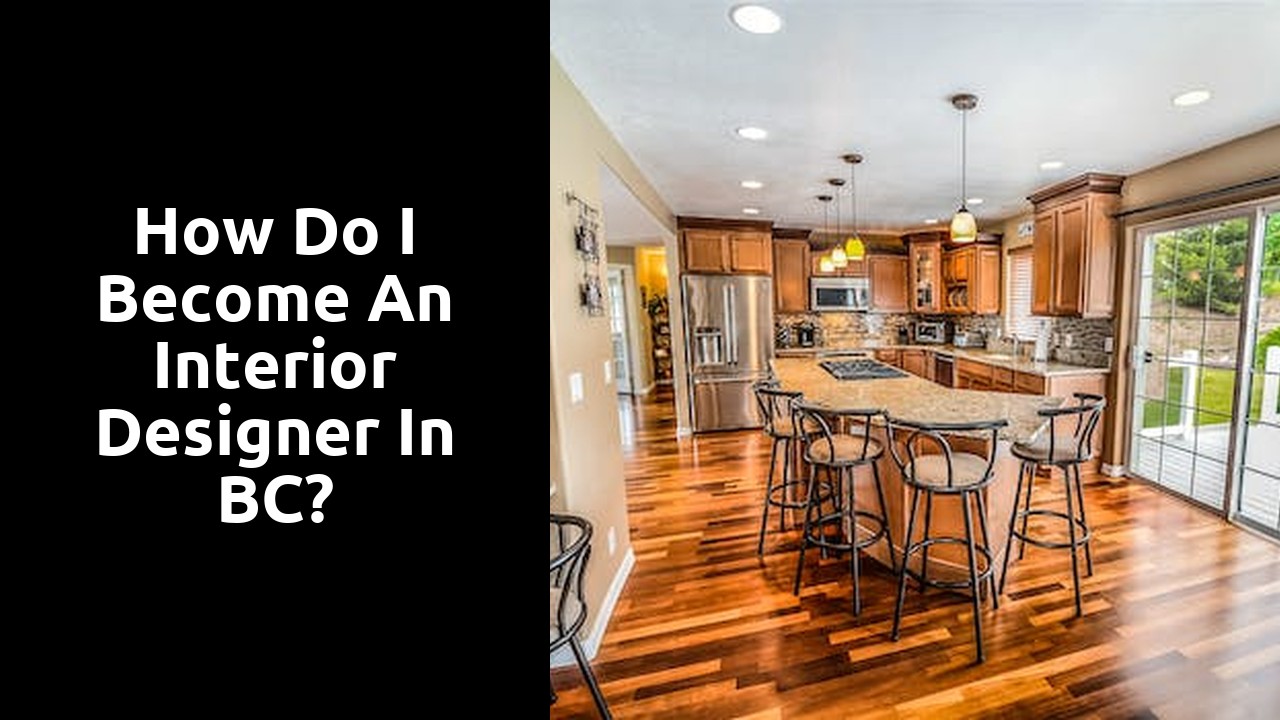The Artistry Behind Transforming Spaces: A Closer Look at Interior Designers
Interior designers are skilled professionals who possess a unique blend of creativity and technical expertise. They have the ability to envision the transformation of a space and bring it to life through their artistic skills. These experts have a deep understanding of color theory, spatial arrangement, and design principles which they apply to create visually pleasing interiors. They carefully select furniture, lighting, and accessories to enhance the overall aesthetic appeal of a space.
Moreover, interior designers pay close attention to the functionality of a space as well. They consider the needs and preferences of their clients and ensure that the design not only looks beautiful but also serves a practical purpose. From optimizing the layout to maximizing storage solutions, these professionals are meticulous in their approach to ensure that every element works harmoniously together. They have an eye for detail and are adept at selecting materials, fabrics, and finishes that not only look great but are also durable and sustainable. Overall, interior designers bring an artistic touch to transforming spaces and have the ability to create stunning interiors that elevate the beauty and functionality of any environment.
Unveiling the World of Interior Design: A Peek into the Work of Design Professionals
Unveiling the World of Interior Design: A Peek into the Work of Design Professionals
Interior design is a vast field that encompasses the art and science of transforming spaces. It goes beyond mere decoration and focuses on creating aesthetically pleasing and functional interiors. Design professionals play a crucial role in this process, as they have the expertise to balance practicality with style.
One of the primary responsibilities of interior designers is to understand the unique needs and preferences of their clients. They work closely with individuals or companies to conceptualize and develop design ideas that align with the desired vision. From selecting colors, fabrics, and furniture, to determining lighting arrangements and overall layout, interior designers meticulously curate every aspect of a space to bring their clients’ dreams to life. With their keen eye for detail and creative problem-solving skills, these professionals turn empty rooms into captivating environments that are both visually pleasing and functional.
Creating Aesthetically Pleasing Interiors: The Expertise of Interior Designers
Interior designers possess a unique expertise that allows them to create aesthetically pleasing interiors. Through their keen eye for design, they have the ability to transform any space into a visually appealing and harmonious environment. Their knowledge of color theory, texture, lighting, and spatial arrangement enables them to craft spaces that are not only visually appealing but also functional and comfortable.
One of the key skills that interior designers possess is the ability to understand their clients’ preferences and translate them into tangible design concepts. They work closely with their clients to determine their style, needs, and budget, and then use their creative flair to bring those ideas to life. By using a combination of colors, patterns, furniture, and accessories, they can craft interiors that reflect their clients’ personalities and tastes while also considering practical aspects such as traffic flow and functionality. The result is a space that not only looks beautiful but also meets the needs and requirements of the people who live or work within it.
From Concept to Reality: How Interior Designers Bring Ideas to Life
From concept to reality, interior designers play an integral role in bringing ideas to life. They are responsible for taking a client’s vision and turning it into a tangible design that reflects their style and preferences. With their expertise, interior designers are able to transform spaces and create environments that are both functional and aesthetically pleasing.
To begin the process, interior designers collaborate closely with clients to understand their goals and requirements. This involves conducting thorough interviews and gathering extensive information about the space, its purpose, and the client’s personal tastes. With this foundation in place, designers then develop conceptual designs, which may include floor plans, mood boards, and visual representations. These concepts serve as a blueprint for the project and allow designers to visually communicate their ideas to clients. Once the concept is approved, interior designers proceed to the implementation stage, coordinating with professionals such as architects, contractors, and suppliers to bring the design to life. This involves sourcing materials, overseeing construction, and ensuring that every element is executed according to the design plan. Throughout the entire process, interior designers use their creativity, technical knowledge, and attention to detail to ensure that the final result matches the initial concept and meets the client’s expectations.
The Power of Spatial Planning: Exploring the Role of Interior Designers
Spatial planning is a fundamental aspect of the work of interior designers. These professionals possess the expertise to strategically arrange furniture, fixtures, and other elements within a space to optimize functionality and flow. By carefully considering the layout, dimensions, and purpose of a room, interior designers can transform it into a well-designed and harmonious environment.
A skillful interior designer is adept at envisioning and creating spatial arrangements that maximize the potential of a space. They take into account factors such as traffic flow, natural light, and the needs of the occupants. Through their careful planning, interior designers ensure that every inch of a room is utilized effectively, creating a space that is not only aesthetically pleasing but also practical and conducive to the intended activities and functions. The power of spatial planning lies in its ability to create harmony and balance, resulting in a space that is both visually appealing and functional.
Enhancing Functionality and Style: The Skillset of Interior Design Professionals
Interior design professionals possess a unique skillset that enables them to enhance both functionality and style within a given space. Their expertise lies in understanding how to make a room not only beautiful, but also practical and efficient. Through careful planning and attention to detail, interior designers can transform even the most ordinary room into an extraordinary oasis.
One of the key aspects of an interior designer’s skillset is their ability to optimize the functionality of a space. They have a keen eye for identifying the potential of a room and maximizing its usability. This can involve considering factors such as traffic flow, furniture layout, and overall ergonomics. By strategically placing furniture and accessories, interior designers can create a space that is not only aesthetically pleasing, but also practical and user-friendly. Additionally, they are well-versed in incorporating smart storage solutions, ensuring that every inch of space is utilized efficiently. By enhancing the functionality of a room, interior design professionals create spaces that are not only beautiful, but also highly functional and purposeful.
FAQS
What is the role of an interior designer?
An interior designer is responsible for transforming spaces by creating functional and aesthetically pleasing interiors. They consider factors like layout, color schemes, furniture selection, and lighting to enhance the overall design.
What skills do interior designers possess?
Interior designers possess a range of skills, including creativity, problem-solving, communication, and technical knowledge. They also have a keen eye for detail, a strong sense of aesthetics, and the ability to work within budget and timeframe constraints.
How do interior designers bring ideas to life?
Interior designers bring ideas to life by first understanding the client’s requirements and preferences. They then create design concepts, which may include mood boards, 3D renderings, and floor plans. Once the design is approved, they coordinate with contractors and suppliers to implement the vision.
Is spatial planning an important aspect of interior design?
Yes, spatial planning plays a crucial role in interior design. Interior designers analyze the available space and develop layouts that optimize functionality and flow. They consider factors such as traffic patterns, furniture placement, and accessibility to create a harmonious space.
Can interior designers enhance both functionality and style in a space?
Absolutely! Interior designers have the expertise to balance functionality and style in a space. They consider the client’s needs and lifestyle while incorporating elements that enhance the functionality of the space without compromising on aesthetics.
Do interior designers work alone or with a team?
Interior designers can work both independently and as part of a team. Depending on the scope of the project, they may collaborate with architects, contractors, and other design professionals to bring the vision to life.
How do interior designers stay updated on the latest trends and products?
Interior designers stay updated on the latest trends and products through continuous research, attending design fairs and exhibitions, and networking with industry professionals. They also make use of design publications, online resources, and social media platforms to stay informed.
Can interior designers work within a specific budget?
Yes, interior designers are skilled at working within a given budget. They prioritize expenses, source cost-effective materials and furnishings, and find innovative solutions to create a high-quality design that aligns with the client’s financial constraints.
Can interior designers work on both residential and commercial projects?
Yes, interior designers can work on a variety of projects, including both residential and commercial spaces. They adapt their design approach to suit the specific needs and requirements of each project, whether it’s a home, office, retail store, or hospitality establishment.
Related Links
Is interior design career worth it?
How do I become an interior designer in Canada?


